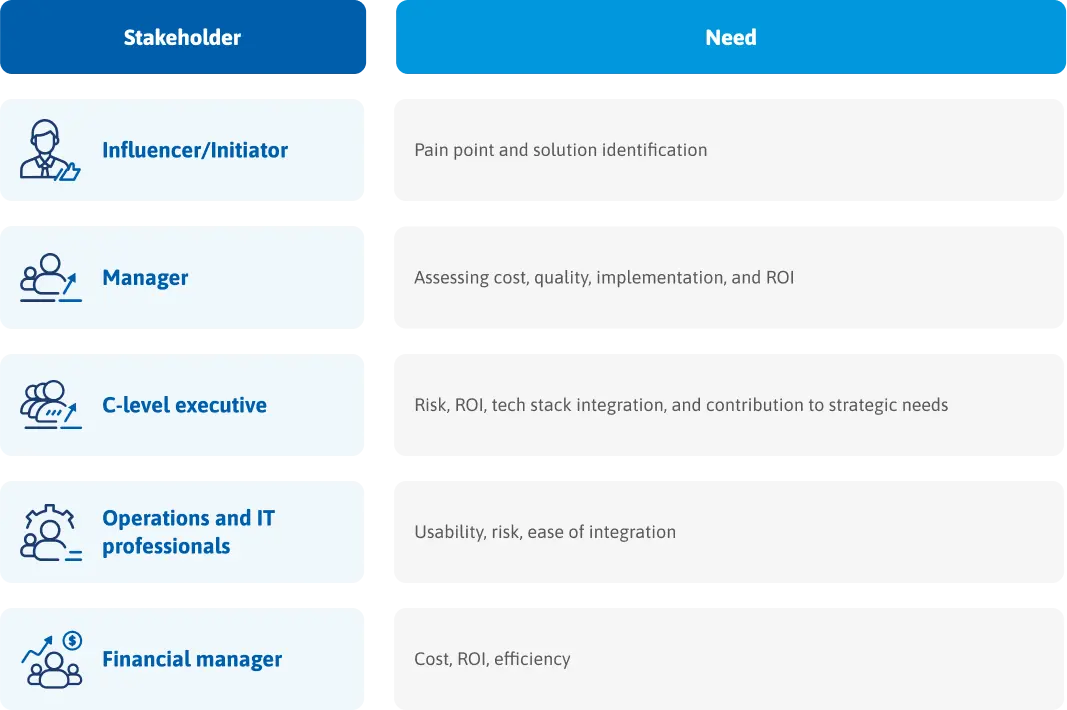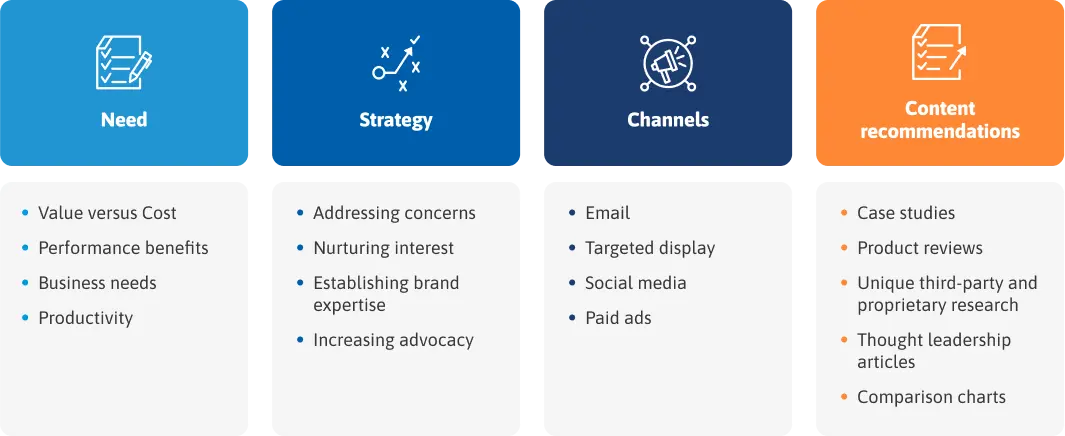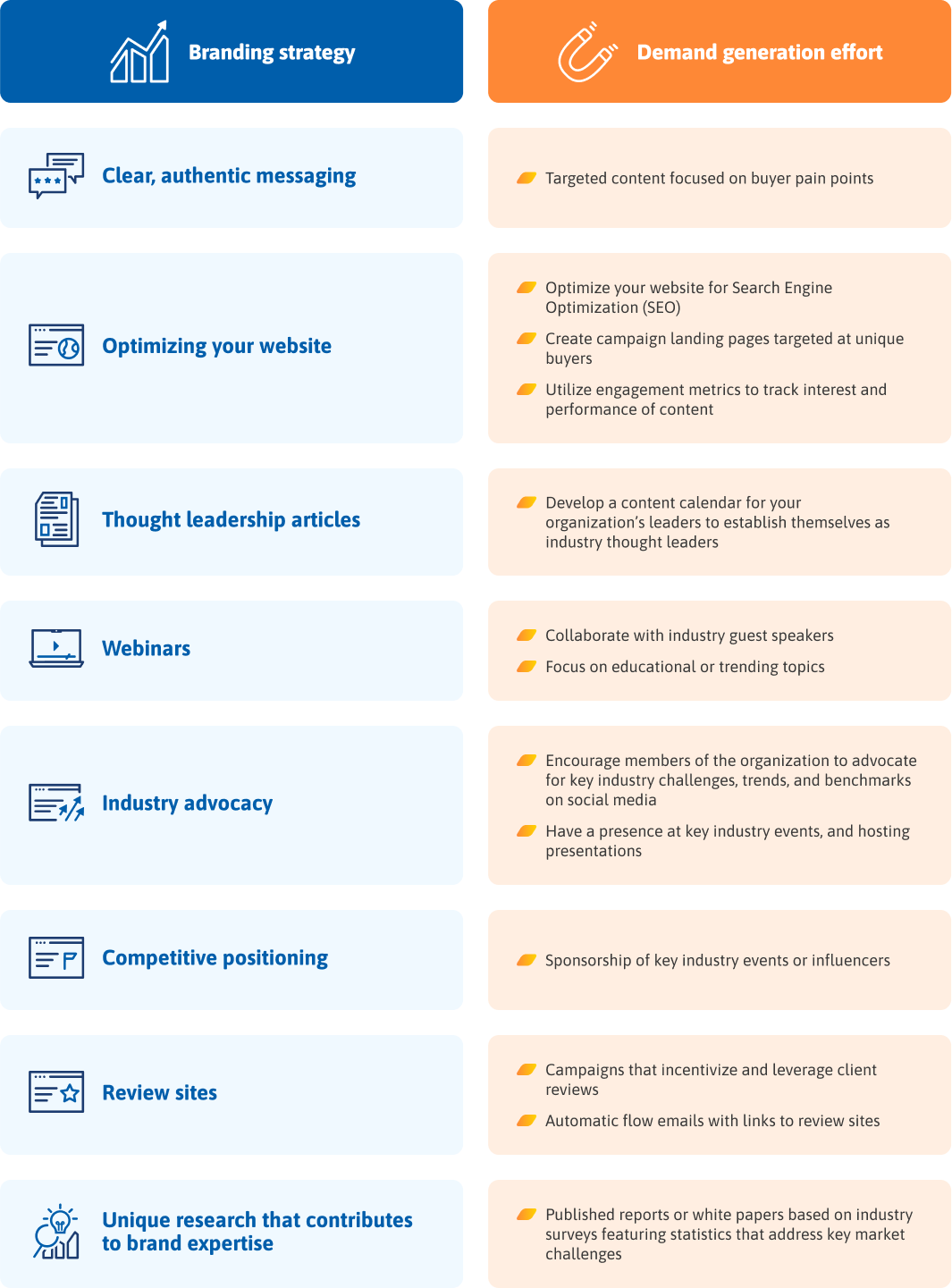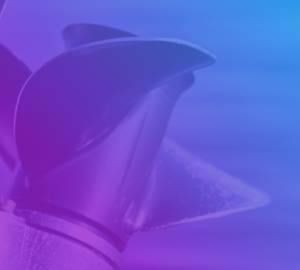As uncertainty and buyer scrutiny continue to shape the B2B buying process, organizations must innovate their approach to engage the entirety of buying groups and motivate them to take action.
Buyers contact vendors 70% into the B2B buying journey, with 84% conducting the sale with their first choice (6sense, 2023). These leads make contact without prior warning—from what is known as the dark funnel, with their decision likely already made.
This prospect is often the primary stakeholder, informed by a wealth of research from both their buying group and their own efforts. Influencing the buying process at this point is incredibly challenging, given the many individuals involved in making the final decision—and the length of the B2B buying process.
This highlights the importance of engaging influential buyers in your buying groups early, to ensure your messaging reaches relevant stakeholders in the buying process, and encourages them to prioritize your solution.
This article explores how to engage each decision maker in the dark funnel and provide them with the resources and support needed to enable them to make a buying decision in your favor.






















